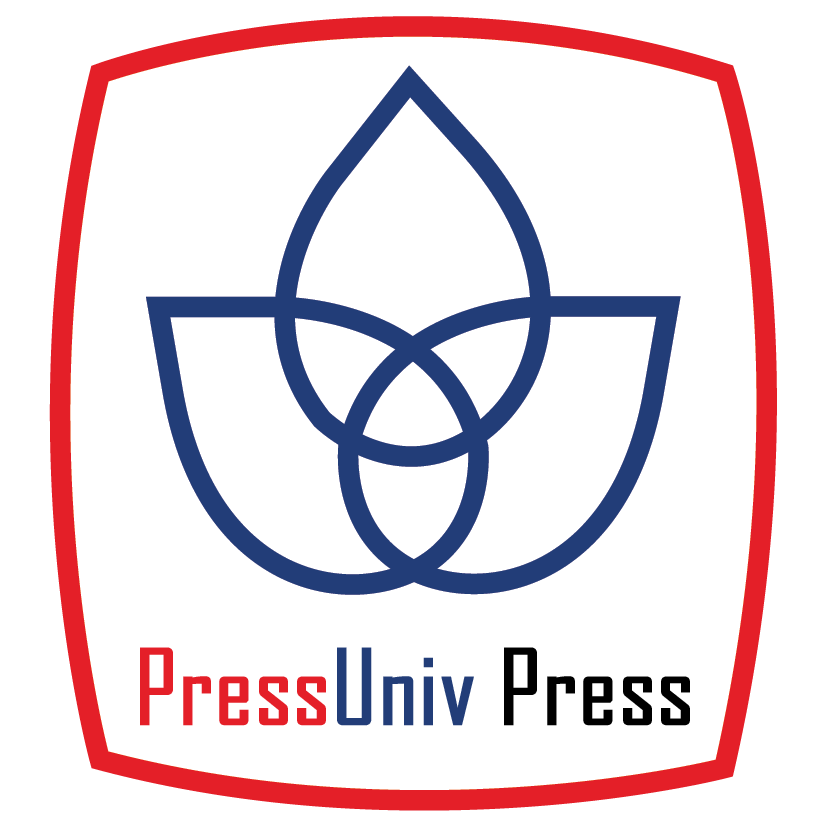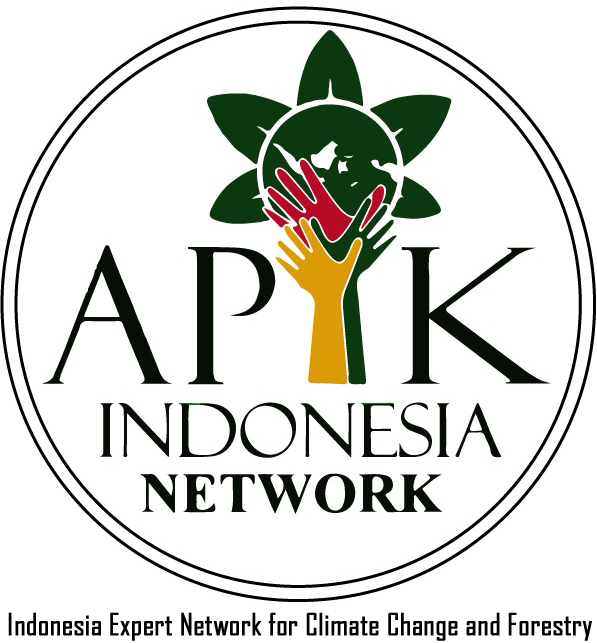The Study of Tong Composter in Produced Liquid Organic Fertilizer
Abstract
Keywords
Full Text:
PDFReferences
A. Farida and A. Majid, Laporan Kontribusi Masyarakat Terhadap Sektor Persampahan di Kala Pandemi COVID -19. Bandung: Bebas Sampah ID, 2020.
E. Permana, “Indonesia hasilkan 67 juta ton sampah pada 2019.” Anadolu Agency, Indonesia, 2019.
Badan Pusat Statistik, Statistik Indonesia Dalam Infografis, 2020th ed. Indonesia: Badan Pusat Statistik, 2020.
Badan Pusat Statistik, “Statistik Lingkungan Hidup Indonesia (SLHI) 2018,” Badan Pus. Stat. Indones., pp. 1–43, 2018.
H. B. Jayasiri, “Marine debris,” Mar. Pollut. Clim. Chang., no. April, pp. 136–162, 2017.
Direktorat Pengelolaan Sampah Kementrian Lingkungan Hidup dan Kehutanan, “Sistem Informasi Pengelolaan Sampah Nasional,” Pengantar Penyusunan Naskah Akad. Rapermen LHK, p. 35 halaman, 2017.
Badan Pusat Statistik, “Laporan Indeks Perilaku Ketidakpedulian Lingkungan Hidup Indonesia 2018,” BPS-RI/BPS-Statistics Indones., p. 44, 2018.
Kementrian Lingkungan Hidup dan Kehutanan Republik Indonesia, Pedoman Pengelolaan Sampah Skala Rumah Tangga, Januari. Indonesia: KLHK, 2018.
“UUD No 18 Tahun 2008.”
K. PU, “Petunjuk Teknis TPS 3R,” vol. 53, no. 9, pp. 1689–1699, 2016.
S. Simamora, Salundik, S. Wahyuni, and Surajudin, Membuat Biogas Pengganti Bahan Bakar Minyak dan Gas dari Kotoran Ternak, 1st ed. Jakarta: PT AgroMedia Pustaka, 2006.
S. Hadisuwito, Membuat Pupuk Kompos Cair. Jakarta: PT. Agromedia Pustaka, 2007.
E. Hartini, K. Mubarokah, and E. Mahawati, “IBM Pemberdayaan Kader Dalam Mengelola Taman Obat Keluarga Melalui Komposting,” Abdimasku, vol. 1, no. 1, pp. 10–17, 2018.
A. Akhmad, “Perancangan Komposter sebagai Unit Pengelolaan Sampah Pasar,” Jakarta Univ. Pertamina Fak. Perenc. Infrastruktur Progr. Stud. Tek. Lingkung., p. 78, 2020.
M. Meriatna, S. Suryati, and A. Fahri, “Pengaruh Waktu Fermentasi dan Volume Bio Aktivator EM4 (Effective Microorganisme) pada Pembuatan Pupuk Organik Cair (POC) dari Limbah Buah-Buahan,” J. Teknol. Kim. Unimal, vol. 7, no. 1, p. 13, 2019.
A. Kurniawan, “PENGARUH VARIASI KONSENTRASI PUPUK CAIR DAUN GAMAL (Gliricidia sepium) TERHADAP KADAR ANDROGRAPHOLIDE PADA TANAMAN SAMBILOTO (Andrographis paniculata Ness),” Unibersitas Sanata Dharma, 2018.
A. S. Parnata, Pupuk Organik Cair: Aplikasi & Manfaatnya, 1st ed. Jakarta: PT. Agromedia Pustaka, 2004.
“Keputusan Menteri Pertanian No. 261 Tahun 2019,” 2019.
J. D. HROMI, “Some Concepts of Experimental Design,” Corrosion, vol. 13, no. 11, pp. 61–64, Nov. 1957.
Jalaluddin, N. ZA, and R. Syafrina, “PENGOLAHAN SAMPAH ORGANIK BUAH- BUAHAN MENJADI PUPUK DENGAN MENGGUNAKAN EFFEKTIVE MIKROORGANISME,” J. Teknol. Kim. Unimal, vol. 5, no. November, p. 13, 2016.
“PT. Songgolangit Persada Jakarta.” [Online]. Available: https://agribiznetwork.com/listing/pt-songgo-langit-persada/.
M. Makiyah, “Analisis Kadar N, P dan K pada Pupuk Cair Limbah Tahu dengan Penambahan Tanaman Matahari Meksiko (Thitonia diversivolia ),” UNIVERSITAS NEGERI SEMARANG, 2013.
Nurjazuli, H. Tegar, and M. Sari, “Meningkatkan Kinerja Unit Komposter Dalam Memproduksi Kompos Organik Cair,” J. Dampak, vol. 1, pp. 1–6, 2019.
I. Kustiani, A. M. Siregar, R. Widyawati, G. E. Susilo, A. Kusnadi, and A. L. Belakang, “Pemberdayaan Kelompok Tani Kelurahan Rajabasa Jaya Melalui Pelatihan Pembuatan Komposter Mini Bernilai Ekonomi,” Univ. Lampung, pp. 1–6, 2018.
Y. Arsiyelis and E. Pratamadina, “PEMBUATAN DAN ANALISIS PUPUK CAIR ORGANIK DARI DEDAK DAN LIMBAH KULIT UDANG,” SMK SMAK Padang, pp. 1–4, 2017.
N. Djuarnani, B. Susilo Setiawan, and Kristian, Cara Cepat Membuat Kompos. Jakarta: PT. Agromedia Pustaka, 2015.
R. Tedjasarwana, E. Nugroho, D. Herlinaa, and D. Darliah, “Tanggap Pertumbuhan Mawar Mini Dan Produksi Bunga Pada Berbagai Daya Hantar Listrik Dan Komposisi Media Tanam,” J. Hortik., vol. 19, no. 4, p. 81488, 2009.
Mawardi and H. Purnomo, “PEMBUATAN PUPUK ORGANIK CAIR FERMENTASI DARI URIN SAPI (FERUNSA) DENGAN VARIASI PENAMBAHAN LIMBAH DARAH SAPI TERHADAP KUALITAS PUPUK ORGANIK CAIR,” Tek. Sipil, Politek. Negeri Semarang, p. 6, 2015.
T. Nur, A. R. Noor, and M. Elma, “PEMBUATAN PUPUK ORGANIK CAIR DARI SAMPAH ORGANIK RUMAH TANGGA DENGAN PENAMBAHAN BIOAKTIVATOR EM4 (Effective Microorganisms),” Konversi, vol. 5, no. 2, pp. 5–12, 2016.
DOI: http://dx.doi.org/10.33021/jenv.v6i2.1451
Copyright (c) 2021 Aidah Maqbulah Al-Hadi

This work is licensed under a Creative Commons Attribution-ShareAlike 4.0 International License.
Journal of Environmental Engineering and Waste Management Published by PresUniv Press, in collaboration with IESA and APIK Indonesia Network




